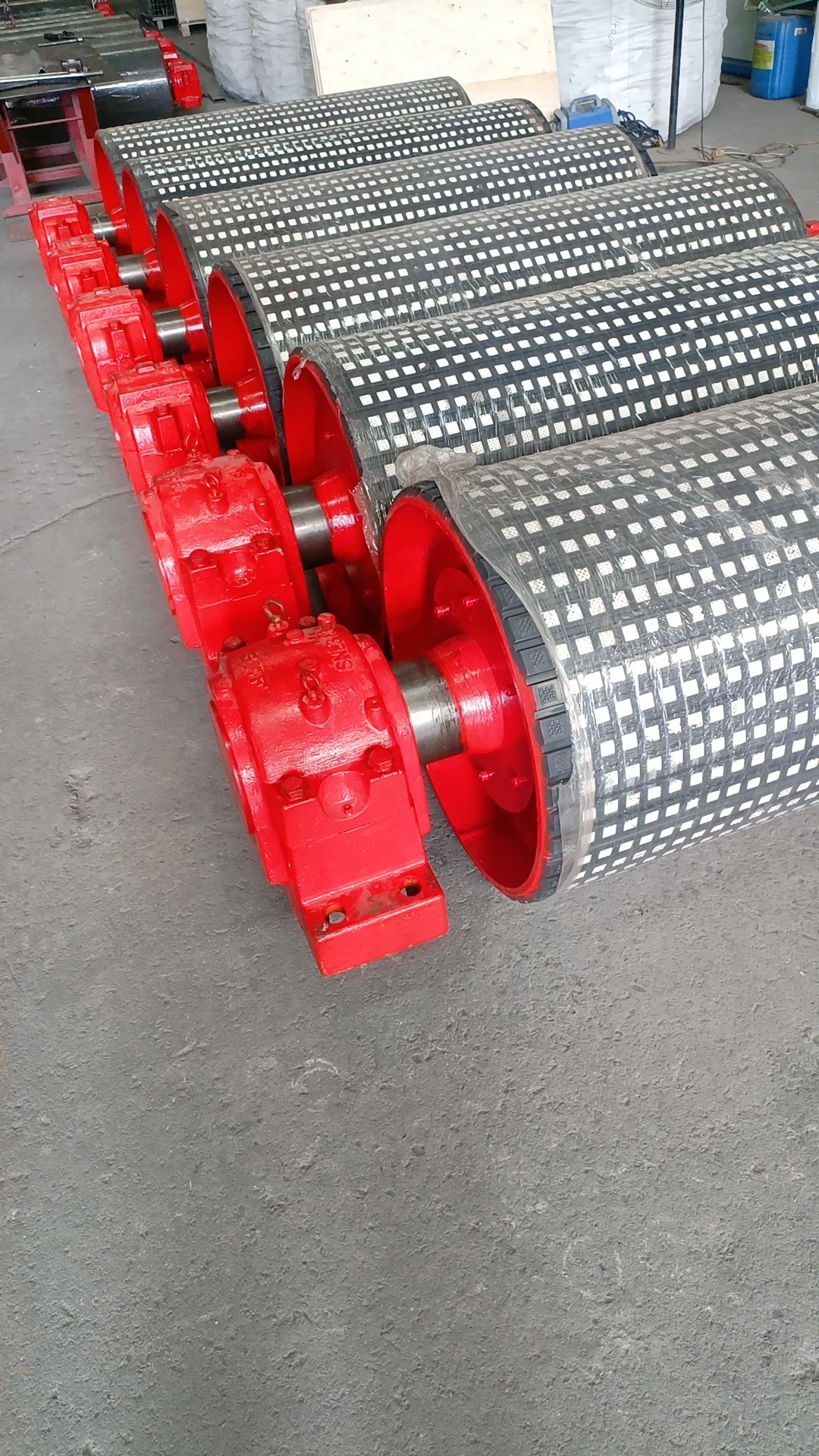 Afrikaans
Afrikaans  Albanian
Albanian  Amharic
Amharic  Arabic
Arabic  Armenian
Armenian  Azerbaijani
Azerbaijani  Basque
Basque  Belarusian
Belarusian  Bengali
Bengali  Bosnian
Bosnian  Bulgarian
Bulgarian  Catalan
Catalan  Cebuano
Cebuano  Corsican
Corsican  Croatian
Croatian  Czech
Czech  Danish
Danish  Dutch
Dutch  English
English  Esperanto
Esperanto  Estonian
Estonian  Finnish
Finnish  French
French  Frisian
Frisian  Galician
Galician  Georgian
Georgian  German
German  Greek
Greek  Gujarati
Gujarati  Haitian Creole
Haitian Creole  hausa
hausa  hawaiian
hawaiian  Hebrew
Hebrew  Hindi
Hindi  Miao
Miao  Hungarian
Hungarian  Icelandic
Icelandic  igbo
igbo  Indonesian
Indonesian  irish
irish  Italian
Italian  Japanese
Japanese  Javanese
Javanese  Kannada
Kannada  kazakh
kazakh  Khmer
Khmer  Rwandese
Rwandese  Korean
Korean  Kurdish
Kurdish  Kyrgyz
Kyrgyz  Lao
Lao  Latin
Latin  Latvian
Latvian  Lithuanian
Lithuanian  Luxembourgish
Luxembourgish  Macedonian
Macedonian  Malgashi
Malgashi  Malay
Malay  Malayalam
Malayalam  Maltese
Maltese  Maori
Maori  Marathi
Marathi  Mongolian
Mongolian  Myanmar
Myanmar  Nepali
Nepali  Norwegian
Norwegian  Norwegian
Norwegian  Occitan
Occitan  Pashto
Pashto  Persian
Persian  Polish
Polish  Portuguese
Portuguese  Punjabi
Punjabi  Romanian
Romanian  Russian
Russian  Samoan
Samoan  Scottish Gaelic
Scottish Gaelic  Serbian
Serbian  Sesotho
Sesotho  Shona
Shona  Sindhi
Sindhi  Sinhala
Sinhala  Slovak
Slovak  Slovenian
Slovenian  Somali
Somali  Spanish
Spanish  Sundanese
Sundanese  Swahili
Swahili  Swedish
Swedish  Tagalog
Tagalog  Tajik
Tajik  Tamil
Tamil  Tatar
Tatar  Telugu
Telugu  Thai
Thai  Turkish
Turkish  Turkmen
Turkmen  Ukrainian
Ukrainian  Urdu
Urdu  Uighur
Uighur  Uzbek
Uzbek  Vietnamese
Vietnamese  Welsh
Welsh  Bantu
Bantu  Yiddish
Yiddish  Yoruba
Yoruba  Zulu
Zulu rubber pulley
Rubber Pulleys Versatile Components in Mechanical Transmission Systems
Rubber pulleys are essential components utilized in various mechanical systems, offering numerous advantages due to their unique material properties and design flexibility. These pulleys are often used in conjunction with belts and ropes to transmit power and motion in machines ranging from simple appliances to complex industrial equipment. In this article, we will explore the characteristics, applications, and benefits of rubber pulleys, as well as their importance in modern engineering.
Characteristics of Rubber Pulleys
One of the defining features of rubber pulleys is their high coefficient of friction, which ensures a secure grip on the belt or rope. This characteristic is crucial for power transmission, as it minimizes slippage and optimizes efficiency. Additionally, rubber pulleys offer excellent damping properties, which help to absorb vibrations and reduce noise during operation. This makes them particularly desirable in applications where quiet operation is paramount, such as in consumer electronics and automotive components.
Another advantage of rubber pulleys is their lightweight nature. Compared to pulleys made from metals or other rigid materials, rubber pulleys contribute to reduced overall weight in a mechanical system. This reduction in weight can lead to lower energy consumption and increased efficiency, particularly in portable devices and vehicles that rely on lightweight components for optimal performance.
Applications of Rubber Pulleys
Rubber pulleys find extensive use across various sectors, including automotive, manufacturing, and consumer goods
. In the automotive industry, they are integral to engine components and accessory drive systems, where they help transmit power from the engine to auxiliary components like alternators, water pumps, and air conditioning compressors. The durability and flexibility of rubber pulleys make them suitable for handling the dynamic loads experienced in vehicles.In manufacturing, rubber pulleys are commonly used in conveyor systems to facilitate the movement of goods and materials. Their ability to operate quietly and efficiently is vital in minimizing disruptions in noisy factory environments. Moreover, rubber pulleys are employed in textile machinery, where they support the constant tension required for yarn and fabric production.
rubber pulley

Consumer goods often feature rubber pulleys as well. For instance, they can be found in household appliances such as washing machines, where they help drive the spinning and agitation motions. Their use in these products enhances performance while maintaining a focus on user comfort through reduced noise levels.
Benefits of Rubber Pulleys
The incorporation of rubber pulleys in mechanical systems offers several benefits. Firstly, their ability to withstand wear and tear due to friction helps extend the lifespan of the overall system. This durability translates into lower maintenance costs and fewer replacements, which is particularly advantageous for manufacturers looking to optimize operational efficiency.
Secondly, rubber pulleys can be easily customized to suit specific applications. They can be produced in various sizes, shapes, and durometers (a measure of hardness), allowing engineers to design pulley systems tailored to the unique requirements of each machine. This versatility makes them a popular choice in both prototype development and mass production.
Lastly, the environmental aspect of rubber pulleys is becoming increasingly relevant. Many manufacturers are moving towards using eco-friendly rubber materials, which can be sourced sustainably and are often recyclable. As industries continue to prioritize sustainability, the adoption of rubber pulleys may contribute to greener manufacturing practices.
Conclusion
In summary, rubber pulleys are vital components of modern mechanical systems, offering a combination of grip, flexibility, and durability that makes them indispensable across various industries. Their applications in automotive, manufacturing, and consumer goods exemplify their versatility, while the benefits they provide make them an attractive choice for engineers and designers alike. As technology evolves, the role of rubber pulleys will continue to expand, solidifying their position as a key player in the world of mechanical transmission systems. With ongoing innovations, rubber pulleys will undoubtedly remain relevant in the pursuit of efficiency and performance in engineering.
-
Revolutionizing Conveyor Reliability with Advanced Rubber Lagging PulleysNewsJul.22,2025
-
Powering Precision and Durability with Expert Manufacturers of Conveyor ComponentsNewsJul.22,2025
-
Optimizing Conveyor Systems with Advanced Conveyor AccessoriesNewsJul.22,2025
-
Maximize Conveyor Efficiency with Quality Conveyor Idler PulleysNewsJul.22,2025
-
Future-Proof Your Conveyor System with High-Performance Polyurethane RollerNewsJul.22,2025
-
Driving Efficiency Forward with Quality Idlers and RollersNewsJul.22,2025





























